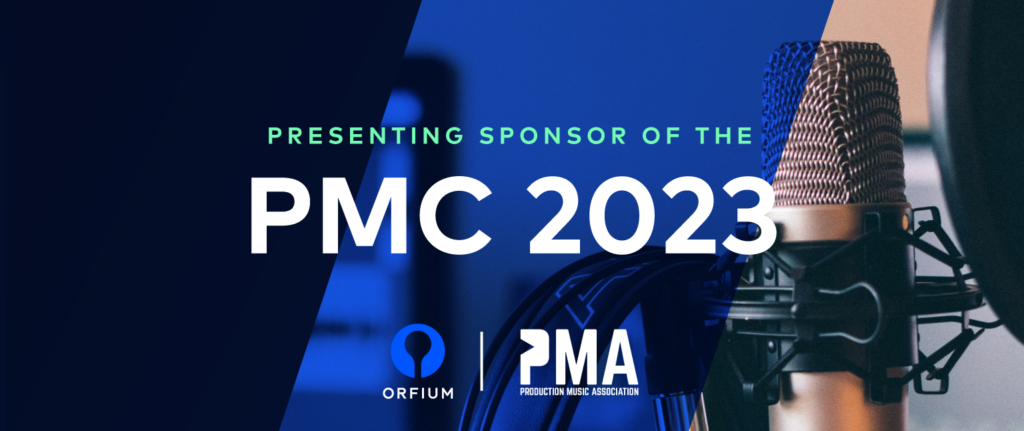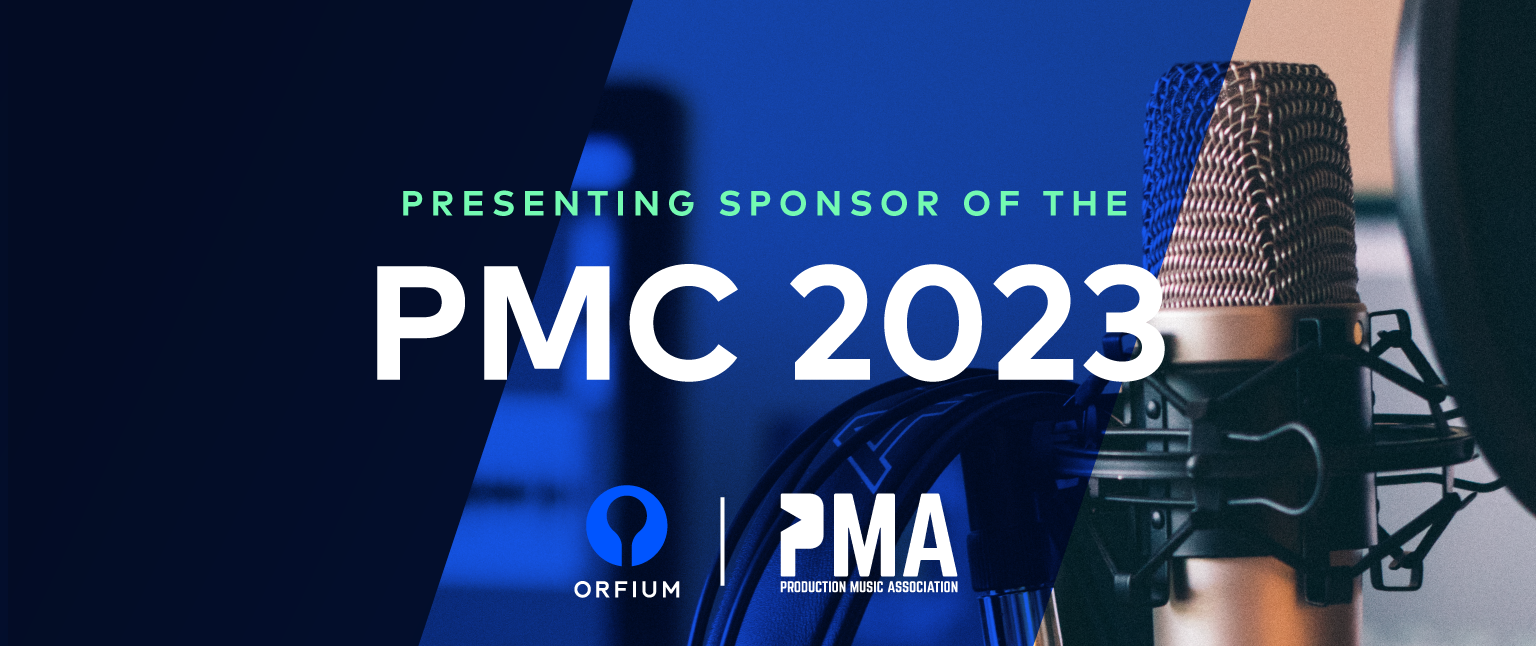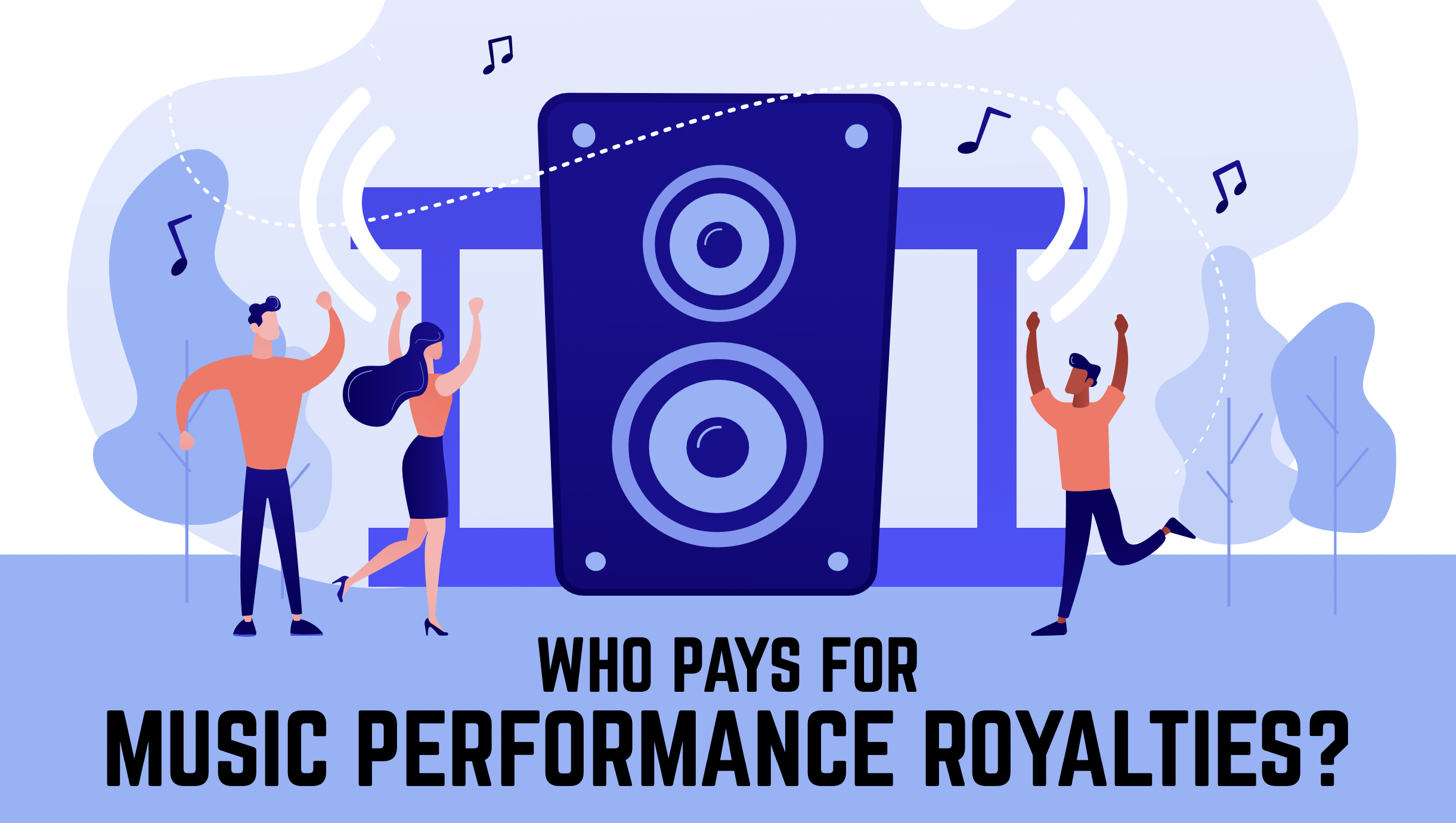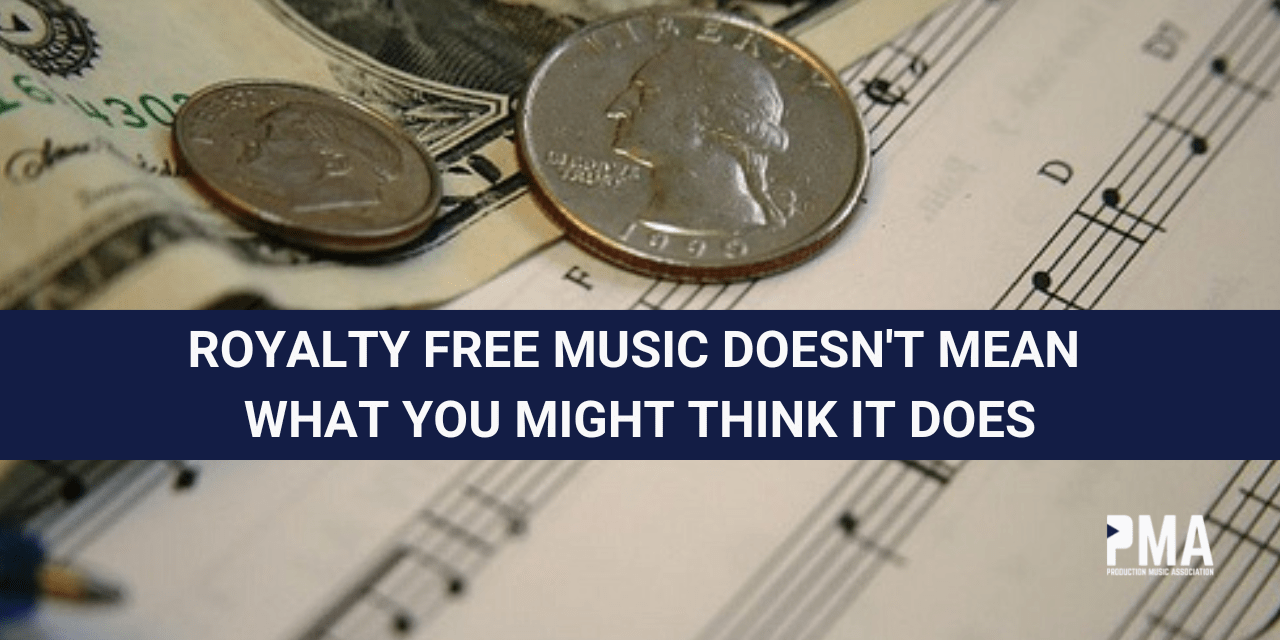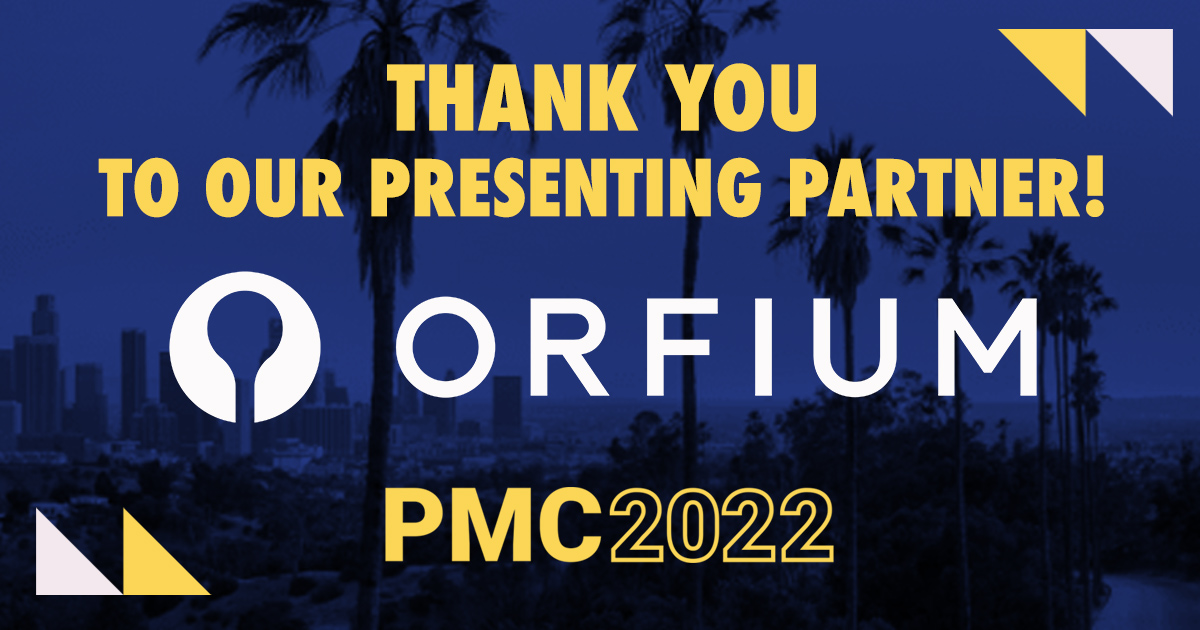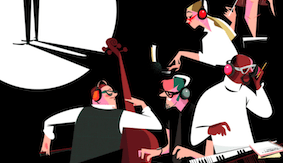Article by Murray Stassen for Music Business Worldwide
MBW’s Stat Of The Week is a series in which we highlight a single data point that deserves the attention of the global music industry. Stat Of the Week is supported by Cinq Music Group, a technology-driven record label, distribution, and rights management company.
The music rights market was on fire in 2021.
MBW estimates – based on confirmed prices and information from industry sources – that at least $5.05 billion was spent on catalog and music rights acquisitions across the 60-plus big-money deals we reported on during last year.
That figure includes deals for individual catalogs sold by artists and songwriters, plus acquisitions of music rights portfolios (including those owned by active labels/publishers) by companies from other companies.
For clarification, the latter category included deals such as Warner Music Group‘s $400 million acquisition of 300 Entertainment, Concord’s $400 million acquisition of Downtown‘s catalog, Sony Music Group‘s nine-figure acquisitions of Todd Moscowitz’s Alamo Records and Brazilian label Som Livre, plus Kobalt‘s $1.1 billion catalog sale to KKR venture, Chord Music.
Close to half of MBW’s estimated $5.05 billion total sum – some $2.33 billion – was spent on acquisitions of rights directly from artists, songwriters and/or their estates.
And the pace (and price) of such deals is accelerating: In December alone (excluding WMG’s $400 million acquisition of 300), deals worth at least $720 million were struck for artist and songwriter catalog sales.
At least $500 million of that December tally came from Bruce Springsteen’s confirmed sale of his entire masters-plus-publishing catalog to Sony Music Group (and Eldridge Industries), the first time the half-a-billion dollar mark has been crossed for the catalog of an individual artist.
Could there be a bigger individual artist catalog deal in 2022? And could the massive total amount spent on catalogs in 2021 be surpassed this year?
There’s a good chance that it might.
The 2022 rights M&A market kicked into action last week Monday (January 3) with the news that Warner Music Group, via its Warner Chappell Music subsidiary, had acquired the global music publishing rights to David Bowie’s song catalog.
The price of the deal was in the region of $250 million.
We also learned last week that US songwriter and performer John Legend had sold his songwriting catalog for an undisclosed fee to BMG and KKR.
That transaction took place in September 2021, suggesting that MBW’s $5.05 billion estimate above might just be the tip of the iceberg; clearly, as in the case of Legend’s sale, our number doesn’t take into account those artists/writers who sold a catalog… but decided to stay quiet about it.
As we prepare for another potentially seismic year for the catalog deals market, below MBW has printed a big list of pretty much all the music rights acquisitions that hit MBW’s headlines in 2021, inclusive of many prices that were confirmed or – via MBW sources – rumored at the time.
This list primarily formed the basis for our headline calculations in this story.
Before we get into all of that, though, a few important caveats on our number above, and our list below:
- The below is certainly an extensive list, covering as it does the vast majority of M&A music deals covered by MBW in 2021, but it’s not an exhaustive one. There will be a few big money catalog deals, for example, that were never confirmed or announced at the behest of the writer/artist in question, which likely add up to hundreds of millions of dollars;
- We have discounted two huge 2021 music biz deals from our list/calculations, on the basis that they were acquisitions of music companies that were not rights-ownership-led: The first is HYBE’s $1 billion acquisition of mega-manager Scooter Braun’s Ithaca Holdings (which included rights via Big Machine and other Ithaca holdings, but appeared to be primarily led by Braun’s artist management facility); the second is Sony Music Group’s $430 million acquisition of Kobalt’s AWAL and Kobalt Neighbouring Rights, neither of which was a music rightsholder. Where possible, we also haven’t included acquisitions where no underlying rights were purchased (e.g. BMG‘s acquisition of Mick Fleetwood’s personal royalty stream for his recordings);
- We’ve only included deals where the buying party acquires a sizable stake in the rights in question.
View the full article here: https://www.musicbusinessworldwide.com/at-least-5-billion-was-spent-on-music-catalog-acquisitions-in-2021-could-2022-be-even-bigger
